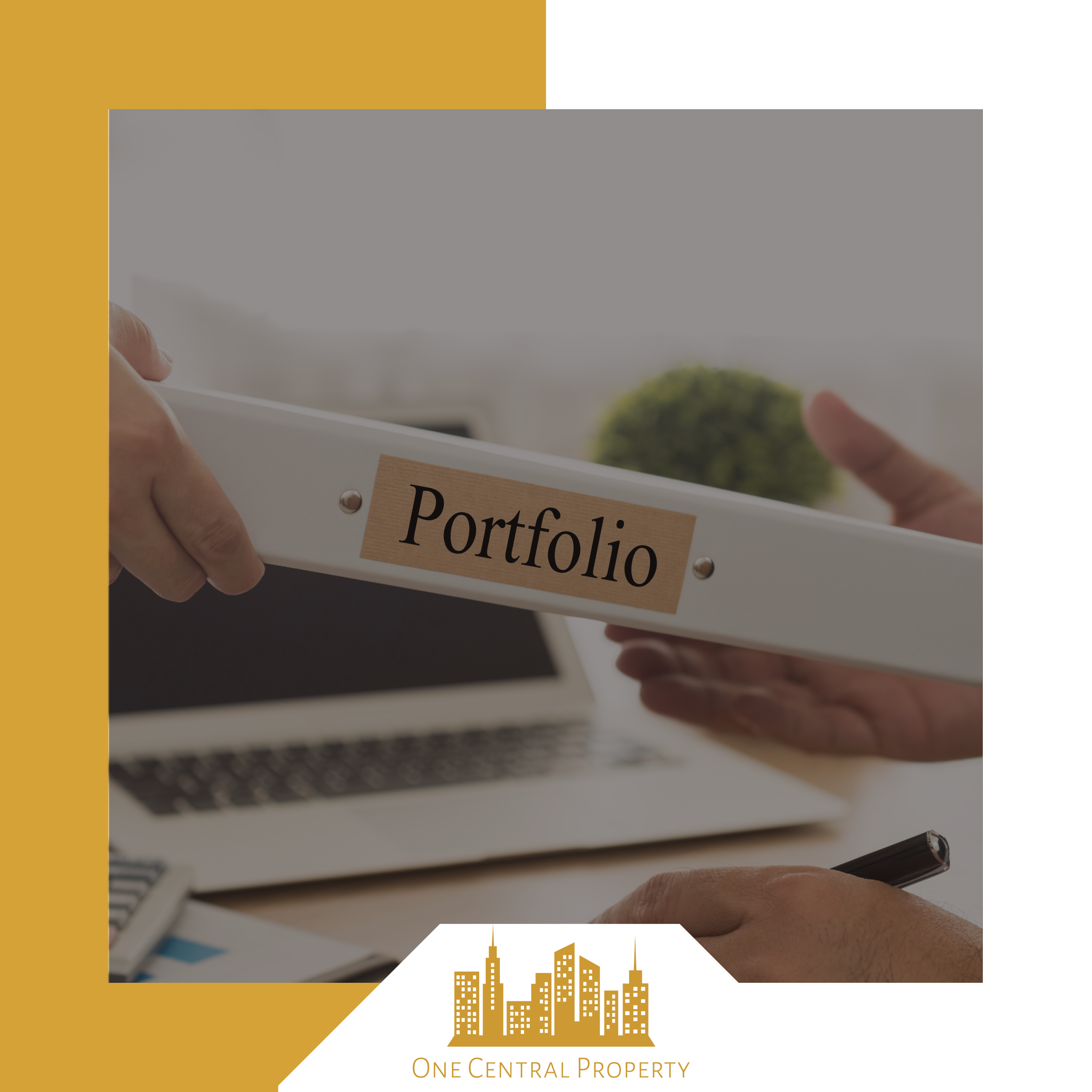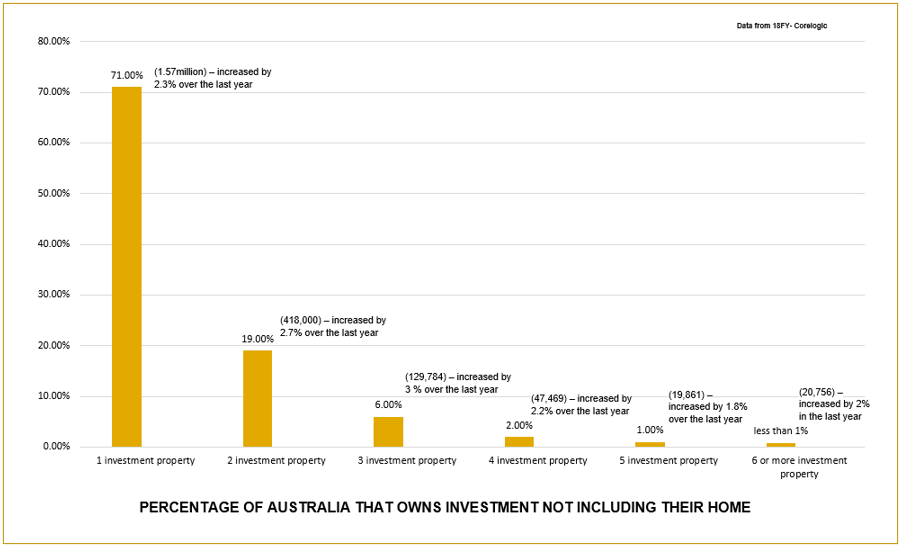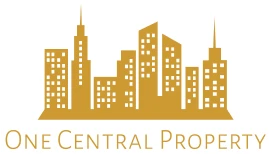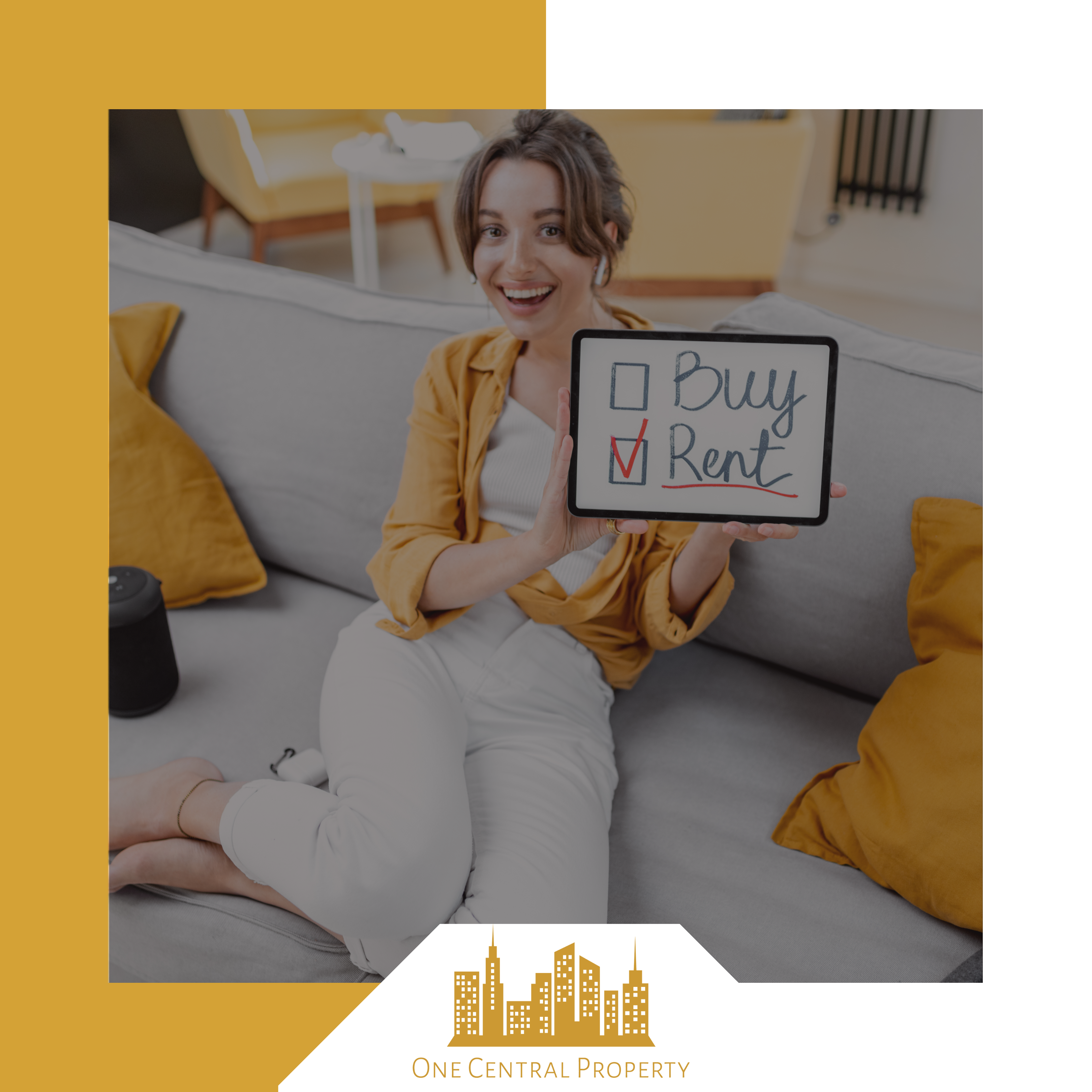
What Properties Should You Have In Your Portfolio?
- 4 MINUTES READ
WHAT IS AN INVESTMENT PROPERTY PORTFOLIO?
A property portfolio or real estate portfolio is a collection of property investments owned by an individual, a group, or a company. In other words, it’s a list of all the different investment property assets you own.
Building a successful property portfolio boils down to three main things: diversifying your investments, bridging capital to get more properties, and strengthening your bases.
Now it’s time to think bigger and start building out your property portfolio.
HAVING A WELL-BALANCED PROPERTY PORTFOLIO
The aim of most property investors is to build a portfolio that pays for itself each month, properties that offer positive cash flow and consistently grow in value. For this to be achieved, you need multiple properties, some that will deliver high rental yields (Typically be found in regional working cities or other areas that attract large numbers of people) and some that promise high capital growth (Can be found in suburbs). Building a balanced portfolio is a smart investment strategy. This not only secures your investment for lower risk but also produces a greater return of investment.
Balance can also be achieved through diversification, such as buying properties in different areas and investing in both residential and commercial property. This will help to reduce your exposure to location-specific downturns and weather storms in different markets.
When you focus all your investment only on one area, this can limit how fast you get back your investment.
For example, if you have three different properties all spread out throughout different places even if one or two of those areas don’t develop, but one of them does, you are still able to access equity from that property and you can buy your fourth property. Making your portfolio continue to grow and still give you an acceptable overall result.
WHAT IS THE END GOAL OF YOUR PROPERTY INVESTMENT?
Each property investors set end goals they want to accomplish while investing. They consider various factors such as their income, expenses, their goal, and how long it takes to achieve that goal.
Setting an end goal should be the first step in your investment journey. Your goal is your first step that will determine your whole process in building your wealth and expanding your portfolio. Your investment strategy should be focused and structured. This will give you higher chances to gain more cash-flows and have long-term capital growth making your investment successful.
For instance, your end goal is to have a passive income of X a year or X by the time you retire. What you did is to buy your first property in a good location and rent it out, with your property manager supervising your tenants, you don’t need to exert more effort. What is great about it your bank account continues to add numbers without you actually doing the work. Then you can buy another property in different areas and do the same thing. Repeat the process and you have continued cash-flow and long-term capital growth.
While your property portfolio keeps on expanding, be reminded you need to select the best-suited property to achieve your goal. Most owner-occupiers buy a property that appeals to them so properties located in areas with “good location, good amenity, and great livability” deliver really good capital growth.
When you focus all your investment only on one area, this can limit how fast you get back your investment.
For example, if you have three different properties all spread out throughout different places even if one or two of those areas don’t develop, but one of them does, you are still able to access equity from that property and you can buy your fourth property. Making your portfolio continue to grow and still give you an acceptable overall result.
OWNING MULTIPLE PROPERTIES
Purchasing just one property is unlikely to allow you to achieve that real financial freedom that you want, whether that be early retirement or whether that be significant amounts of wealth. So, owning multiple investment properties with multiple rental incomes gives you multiple opportunities to increase your gain by leap and bound.
In fact, about 10% of rental property investors own three or more properties, and around 18,000 own six or more properties, according to AFR.
Based on the Australian taxation office tells us that in the 2017-8 tax year (the latest statistics available)
There are 2,207,905 property investors in Australia. This means around 20% of Australian households hold an investment property and 80% don’t.

HOW TO CHOOSE YOUR NEXT INVESTMENT PROPERTY?
In the beginning, most people start with only one property investment but having one already has the advantage when it comes to expanding your property portfolio. Once you get things going, it often becomes even easier to invest in your next property.
When buying your next investment, you need to think strategically and critically when choosing and purchasing your next investment property, it should be in line with both market trends and the general guidelines that dictate whether your investment is bound to succeed.
If you’re after capital growth and high rental gain you need to understand what property location is most likely to increase in value.
The right property in the wrong location isn’t likely to be the right property at all. Making location the most factor to consider in choosing your next property investment is a must.
Many property investors typically choose to invest in standalone homes located in the outer suburbs of capital cities as it shows the greatest potential for capital growth. Well-positioned houses not to mention that it is surrounded by good schools, local amenities, and many job opportunities. Therefore, the increased houses demand increased prices across every regional place. For that reason, buying your next investment property in such a desirable location gives you a certain high return of investment.
POSITIVE GEARING PROPERTY PRODUCES PASSIVE INCOME
To become financially free and able to plan your retirement early, you need to generate more passive income. When you earn more passive income, you can afford to live without ever having to work again.
A large majority of the super-rich either made their money in real estate or hold their money in real estate. This is a good sign that property investment is an effective way to build your wealth and something you should look into.
How do you make passive income from property?
Positive gearing is one of the best ways to make passive income through real estate. A positively geared property is simply one that generates a return that is higher than the ongoing costs of the investment.
In property investment, positive gearing is when you purchased a property with a loan then rent it out, the rent you earn from it is more than the total costs of owning the property.
For example, if you rent out a property for $500 per week but your combined mortgage and any outgoing expenses amount to only $280 per week, you’d be able to enjoy a $220 per week positive cash flow.
As you can see positively geared property can earn you an increasing passive income and make you financially free. This means less time working just to make ends meet and pay for your expenses. You will have more time to live your life, not depending on your job.
THE MAJOR BENEFITS OF POSITIVELY GEARED PROPERTIES
There are a number of major benefits to cashflow positive geared property including:
Increased passive income over time:
A major benefit of positively geared property gives passive income and delivers a long-term capital gain. In addition, your income stream probably increases over time, while your major expense stays the same.
Less cash flow risk:
With positively geared property your rent is higher than your expenses so, you get to put money in your bank account every month. If the market goes up that is a bonus for you. Because you make more money from investing and you are not relying on capital gains for all your profit.
Easier to service more loans:
More positive cash flow means more income and therefore it would be easier to secure loans. The number of properties you own will be determined by how much the banks will let you borrow and how many deposits you can come up with for your property investment.
Use your income from your property to enjoy life:
Positively geared property INCREASES your income the more you invest the more money you will have each month. You can buy what you like, travel where you like, and enjoy your life using your large income. You more likely you are to keep investing for your own living expenses or enjoyment.
THE MAJOR RISKS OF POSITIVELY GEARED PROPERTIES
Lower capital growth:
Positive gearing properties are usually located in areas that do not experience much capital growth. often, regional location.
Lower long term rental growth:
It could be tempting to buy a cheaper, cash flow positive property, but apart from not benefiting from strong capital growth, rental growth tends to be lower over the long term, because cash flow positive properties tend to be in secondary locations where the typical tenants do not have strong income growth and the ability to pay higher rents.
Not steady:
Positive gearing properties sometimes depend on moves with the overall housing market. These factors could be a specific field of employment that keeps it going. Therefore, if this factor weakens or diminishes, then the whole housing market will be affected in that area.
Not calculating all your expenses and thus being negatively geared:
People who think they are buying a property that is positive cash flowed because the rental income covers the mortgage. They didn’t take into account all the expenses and other unexpected expenses.
Higher initial cost:
The bigger your deposit the more likely the passive income which means many investors may have had to upfront a large sum of money when buying the property.
Taxes:
The positively geared property is taxed which means any income that your property generates would be subject to tax. While rental income counts as taxable income, there is a range of special deductions you can make as an investor to reduce your tax burden.
CONCLUSION
Where do you want to be financially 10 years from now?
Investing in real estate may be the perfect way to get there. And building a property portfolio is a great way to start.
Creating a real estate portfolio is necessary to not only manage and grow long-term wealth, including your personal budget but acquire financing for other future projects. A balanced property portfolio starts with an investor’s overall end goal. The investor’s end goal will decide the path he/she wants to achieve. One of the best ways to make passive income in real estate is through the positively geared property (without you making every effort) choosing properties in a good location will surely add more money to your pocket and make your life fun and wealthy.
Your complimentary strategy session
If you want to begin investing or expand your portfolio through positively geared property – reach out to the One Central Property team and we can arrange for a FREE 1-on-1 Strategy Session to map out your goals. One Central Property will be with you at every step to achieve your goal. Speak with a dedicated property consultant today and discover how our experts help guide you through all those obstacles that you’ll face during your property journey.







